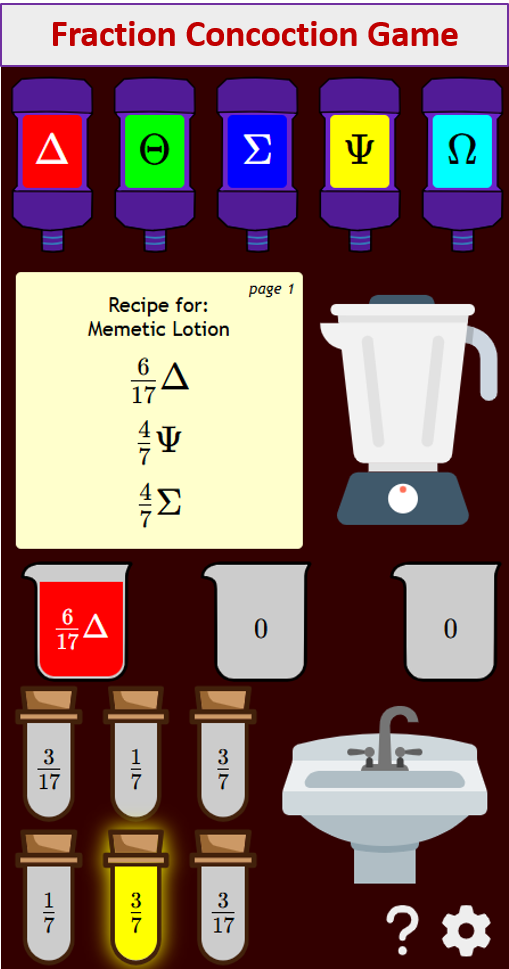

Absolute Value
Related Topics:
More Lessons for Arithmetic
Math Worksheets
The absolute value of a number describes the distance of the number on the number line from 0. It does not consider which direction from 0 the number lies. The absolute value of a number is always positive.
The absolute value of 3 is 3 which means that its distance from 0 is 3 units
The absolute value of −3 is also 3 which means that its distance from 0 is 3 units
The symbol for absolute value is two straight lines || (called bars) surrounding the number or expression for which you wish to indicate absolute value.
It is important to note that the absolute value bars do NOT work in the
same way as parentheses. Recall that − (−5) = (−1) × (−5) = +5.
However, for the absolute value it is done by removing the absolute bar and then performing the sign operation.
−| −5 | = −(+5) = (−1) × (+5) = −5



More Lessons for Arithmetic
Math Worksheets
The absolute value of a number describes the distance of the number on the number line from 0. It does not consider which direction from 0 the number lies. The absolute value of a number is always positive.
The absolute value of 3 is 3 which means that its distance from 0 is 3 units
The absolute value of −3 is also 3 which means that its distance from 0 is 3 units
The symbol for absolute value is two straight lines || (called bars) surrounding the number or expression for which you wish to indicate absolute value.
| For example: |
| 6 |
= 6 which means the absolute value of 6 is 6. | − 6 | = 6 which means the absolute value of -6 is 6. |
| | 3 − 7 | = | −4 | = 4 |
|
| | 6 +
3(−5) | = | 6 − 15 | = | −9 | = 9 |
Have a look at the following videos for more examples on absolute values:
However, for the absolute value it is done by removing the absolute bar and then performing the sign operation.
−| −5 | = −(+5) = (−1) × (+5) = −5
Try out our new and fun Fraction Concoction Game.
Add and subtract fractions to make exciting fraction concoctions following a recipe. There are four levels of difficulty: Easy, medium, hard and insane. Practice the basics of fraction addition and subtraction or challenge yourself with the insane level.



We welcome your feedback, comments and questions about this site or page. Please submit your feedback or enquiries via our Feedback page.
